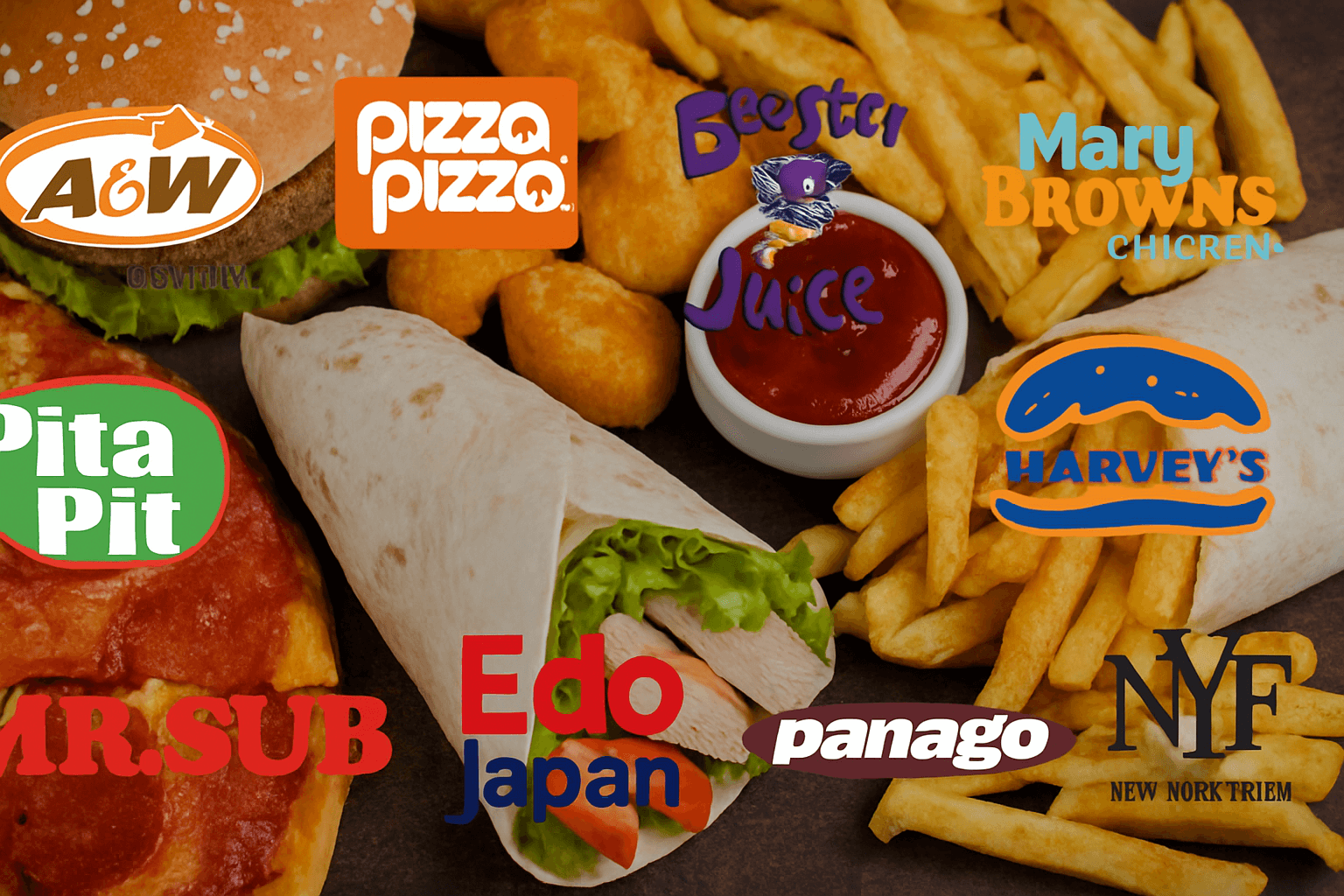
August 8th, 2025
Canada’s fast-food landscape is a fascinating mix of national heavyweights, regional success stories, and niche concepts that scaled by sticking to something simple and repeatable: great product, smart franchising, and tight operational playbooks.
Below are the top Canadian owned fast food chains ordered by the number of locations and how they grew their presence throughout Canada. The data for number of locations was sourced from ScrapeHero.
A&W Canada leads Canadian-owned fast food chains with over 1,083 locations, driven by consistent quality and nationwide franchising.
Pizza Pizza and Booster Juice leveraged delivery networks and health-focused convenience to become major national players.
Mary Brown’s, Harvey’s and Pita Pit grew by offering customizeable menus and targeting underserved regional markets.
Edo Japan, Panago, and New York Fries scaled with niche-focused menus that are simple to replicate and operate.
Tim Hortons, though no longer Canadian-owned, remains a cultural icon and a key influence on Canada’s QSR landscape.
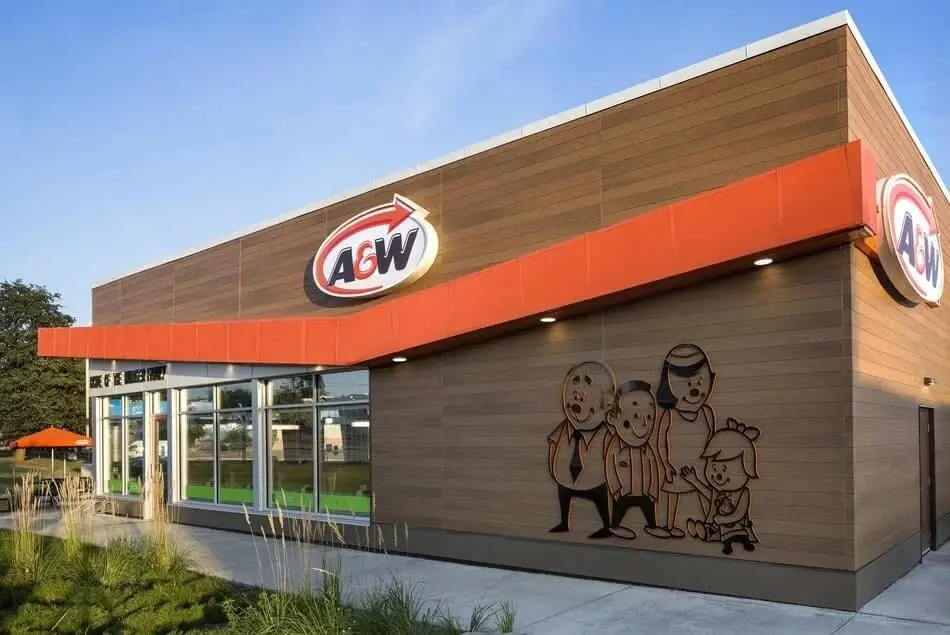
A&W Canada is one of the country’s most recognizable fast food brands. Its growth has been driven by a classic franchise model that pushed nationwide expansion through consistency: standardized menu items, a recognizable brand identity, and strong franchisor support. Over time A&W carved a niche by leaning into a slightly more premium burger positioning than some competitors, promoting quality sourcing and ingredient transparency which helped it attract customers looking for quick but better-perceived value.
Operational consistency and marketing savvy are big parts of A&W’s story. The chain has invested in seasonal and limited-time offers that keep customers coming back and worked to maintain relevance on social media and in local marketing. Real estate strategy also matters: A&W has pursued high-visibility roadside and mall locations as well as standalone stores, which broadened its reach to different customer trips (drive-thru, dine-in, and takeout).
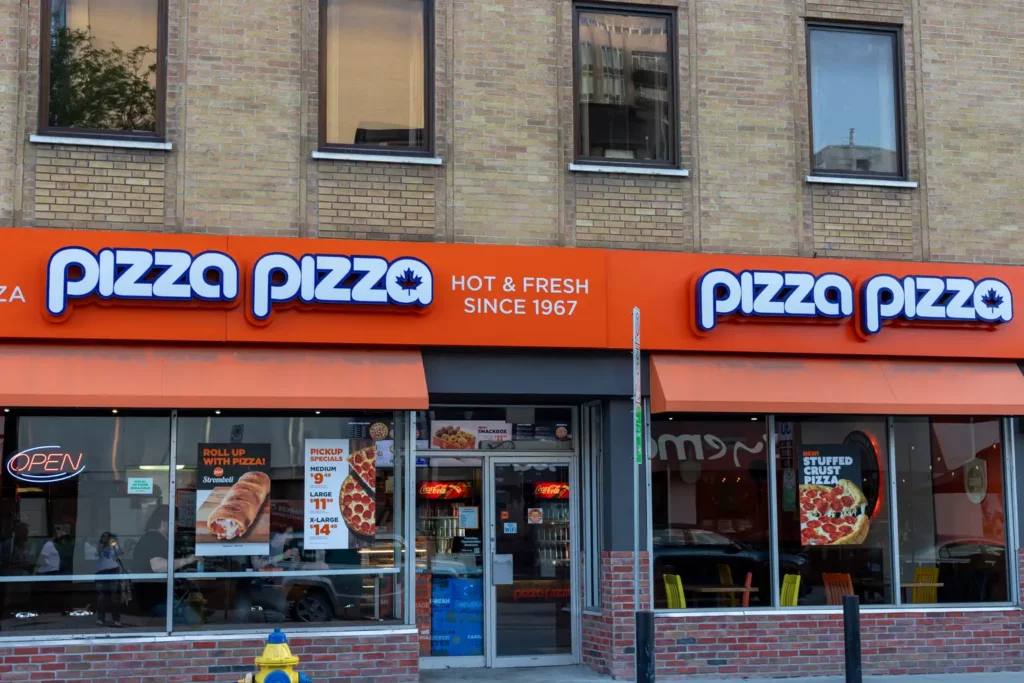
Pizza Pizza grew rapidly by building a delivery-and-takeout-first model that matched Canadian consumer habits, especially in urban and suburban neighbourhoods. Its expansion focused on dense markets, late-night service, and an efficient order network (phone, online, and later apps), which made it the go-to for families and students. Value bundles and aggressive promotions helped the chain scale quickly: by driving frequent, repeat orders it turned single purchases into habit.
Several strategic moves kept Pizza Pizza competitive as the market evolved. They invested in digital ordering infrastructure and partnerships with third-party platforms when it made sense, while also using loyalty and coupons to retain customers. The franchise network benefitted from strong local marketing playbooks and a menu that’s easy to localize (regional toppings, sides, and deals).
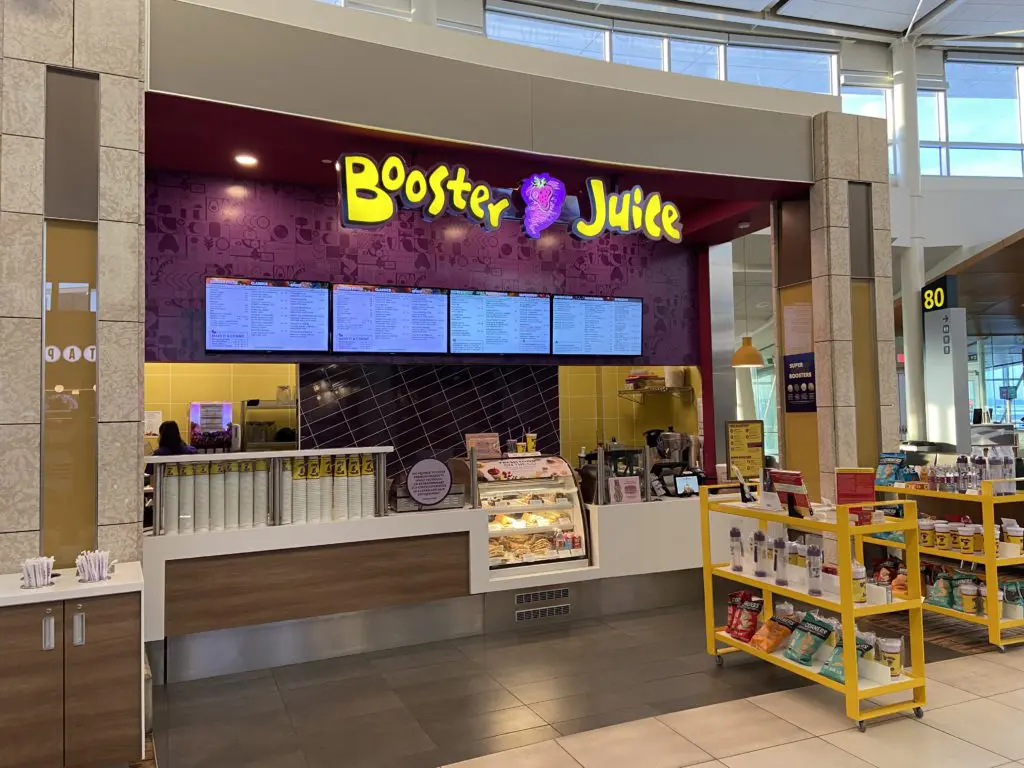
Booster Juice scaled by occupying health-oriented, grab-and-go real estate: malls, transit hubs, campuses, and urban kiosks. Smoothies, bowls, and fresh juices fit naturally into high-traffic, convenience-driven locations where customers want a quick, perceived-healthy option. The chain’s franchise model was attractive to small investors because of generally lower build-out costs compared with full-service restaurants, enabling fast roll-out across provinces.
Branding and timing helped too: Booster Juice grew when consumer interest in functional beverages and quick nutrition was accelerating. The company invested in prominent store design (bright, approachable counters), point-of-sale training, and tight product standards so a smoothie tasted the same from Halifax to Vancouver. Those operational standards, plus a recognizable identity and an early lead in the Canadian smoothie category, helped Booster Juice become a large national ‘fast food’ chain.
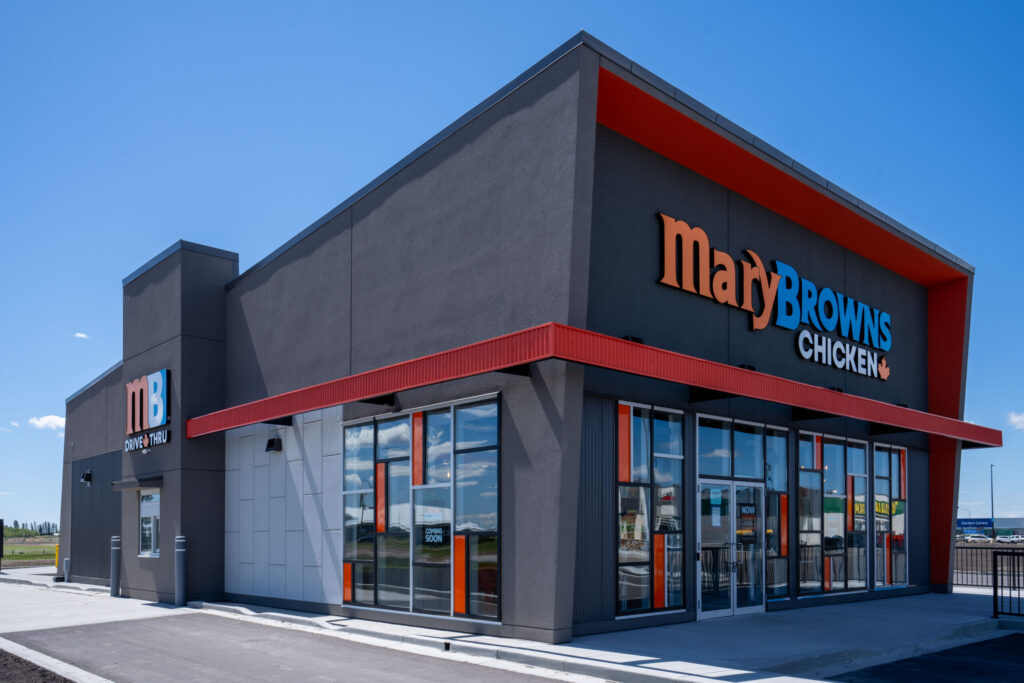
Mary Brown’s started as a regional favourite and built momentum by focusing on a simple promise: hand-cut taters and a distinctive fried-chicken recipe. The brand’s growth accelerated when it shifted from single markets into a structured franchise roll-out, emphasizing franchisee training, supply-chain standards, and a menu that resonated with comfort-food cravings. Mary Brown’s has also benefitted from a strong brand story wgucg often highlighting Atlantic Canadian roots and made it compelling in markets outside its origin when consumers wanted authentic, regional flavours.
Expansion strategy matters for Mary Brown’s: the chain adopted a focused growth playbook that prioritized quality control and local marketing support for franchisees. Rather than hyper-scaling by opening low-investment locations everywhere, the brand has targeted suburban and small-city markets where fried-chicken demand is high but major competitors have smaller footprints. The result is consistent, profitable growth and a loyal customer base that keeps unit economics healthy franchise-to-franchise.
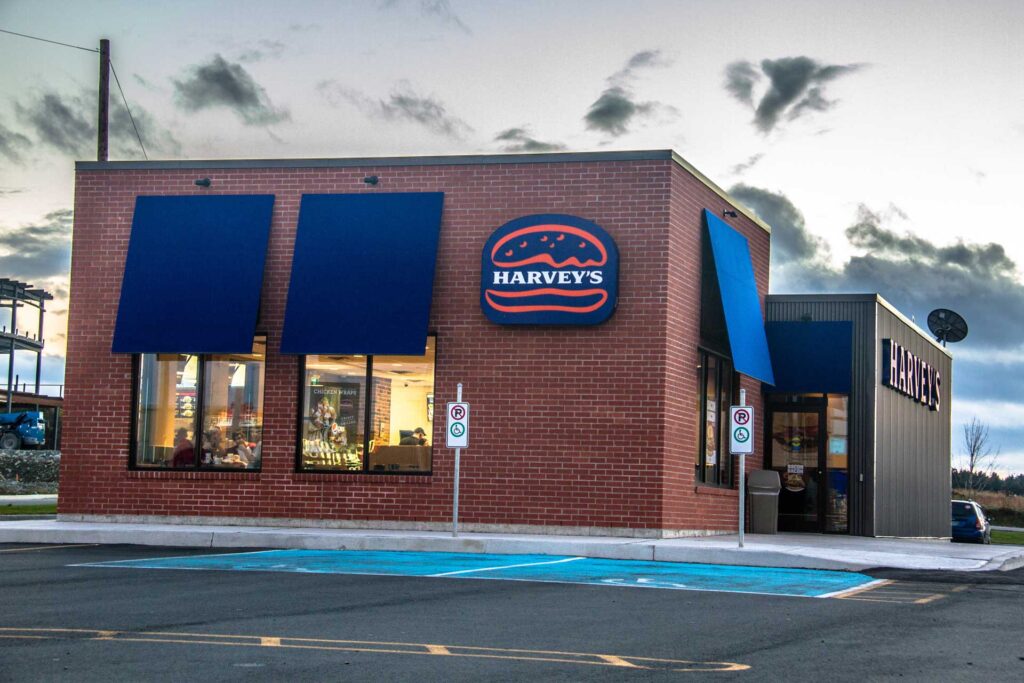
Harvey’s built its reputation on one powerful idea: customizable flame-grilled burgers. That custom-build approach aligned perfectly with consumers who wanted fast food that felt personalized where you could design your burger at the toppings bar. Franchise growth followed because the menu format was simple to replicate and allowed each location to differentiate slightly with local promotional choices.
From a growth perspective, Harvey’s long presence in the Canadian market allowed it to build deep supplier relationships and a stable franchise base. It kept improving service speed and operational layout to handle high customer volume while preserving the “built-for-you” promise. Even as competition intensified, Harvey’s retained relevance by updating its menu with limited-time burgers and combos, maintaining strong brand recognition across the country and fueling steady unit counts.
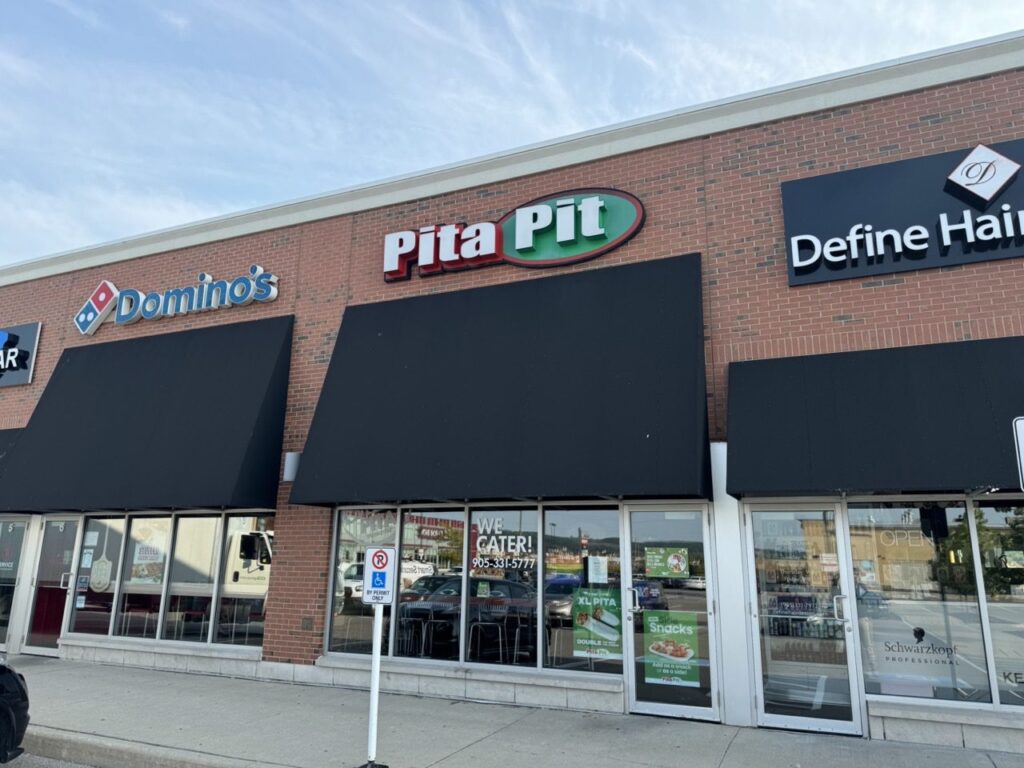
Pita Pit scaled through a highly replicable concept: handheld pitas that are healthy, fast, and customizeable. This formula was ideal for food courts, university campuses, and neighbourhood walk-in locations where customers want a relatively healthy, quick meal. The chain’s franchise model emphasized simple equipment, modest build-outs, and short training cycles, which lowered barriers to entry for new operators and enabled faster geographic expansion both within Canada and internationally.
Pita Pit’s growth strategy also leaned into changing consumer preferences toward fresher, build-your-own options. The menu’s flexibility made local menu tweaks easy and allowed franchisees to cater to specific dietary trends (e.g., vegetarian, gluten-aware options). In addition, the brand’s early international ambitions and willingness to test new formats (kiosks, small storefronts) helped it reach broader audiences and reinforced its position as a sizable, nimble QSR.
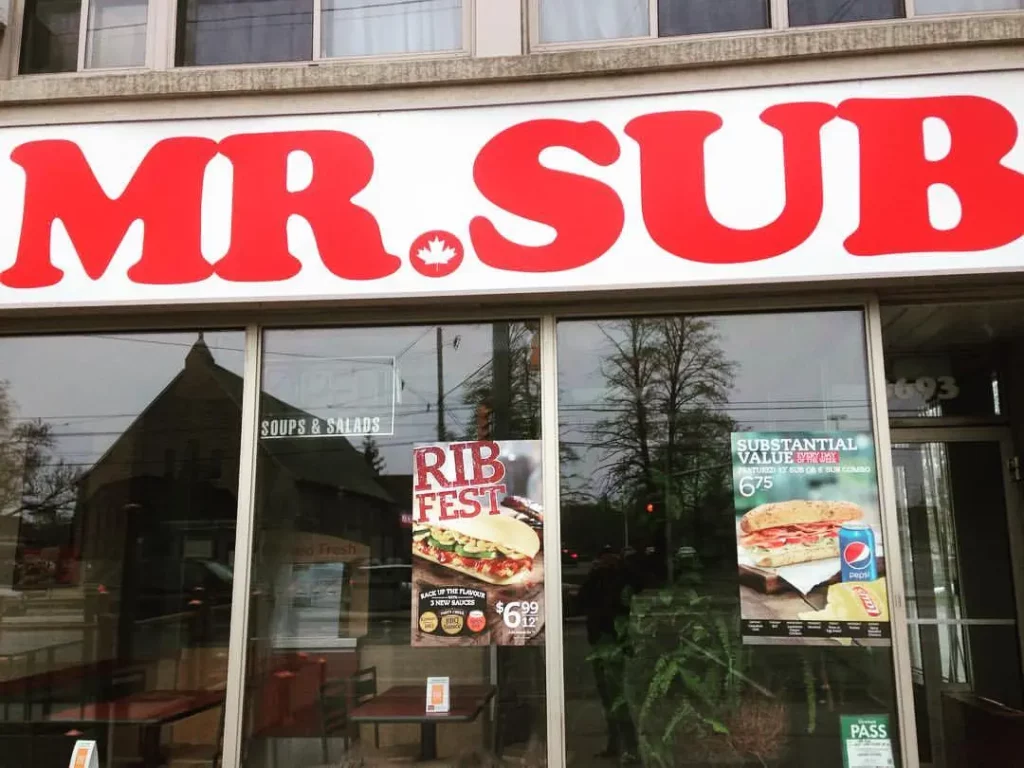
Mr. Sub has a long heritage as a classic Canadian submarine sandwich chain. Its growth historically came from an extensive local franchising network, with many small operators opening in strip malls and commercial corridors where lunchtime traffic is reliable. The brand’s simple, familiarity-first menu made it a mainstay in smaller towns and neighbourhood centres that larger sandwich chains sometimes overlooked.
To remain relevant, Mr. Sub focused on operational consistency and menu comfort items that appealed to repeat lunchtime customers. Franchise support and regional marketing efforts helped smaller operators compete against national rivals. While the brand hasn’t been as aggressive in national reinvention as some competitors, its steady presence in mid-market locations and food courts has preserved a substantial footprint.
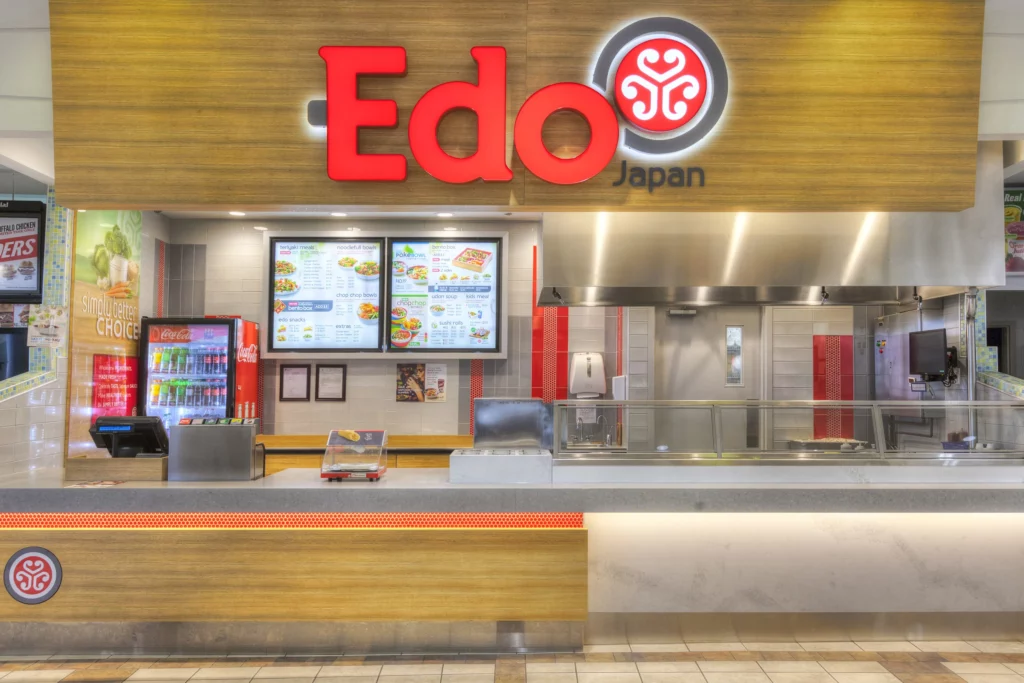
Edo Japan grew by delivering a niche product – a flame-grilled Japanese-style bowls and teriyaki concepts in a fast-casual, food-court friendly format. The chain’s menu is compact and operationally efficient, which made it easy to roll out new units in malls, standalones, and travel hubs. Edo Japan’s focus on consistent grill techniques and quick assembly lines helped keep service times low while providing a differentiated alternative to burgers and pizza.
Franchise expansion was supported by a clear brand identity and a repeatable day-to-day model that minimized complexity for operators. Edo Japan invested in training and supply chain partnerships that ensured sauces and key components tasted the same across the system which became critical for building trust in a specialty category. As a result, it successfully carved a national niche as a fast, flavorful option for customers seeking Asian-inspired quick meals.
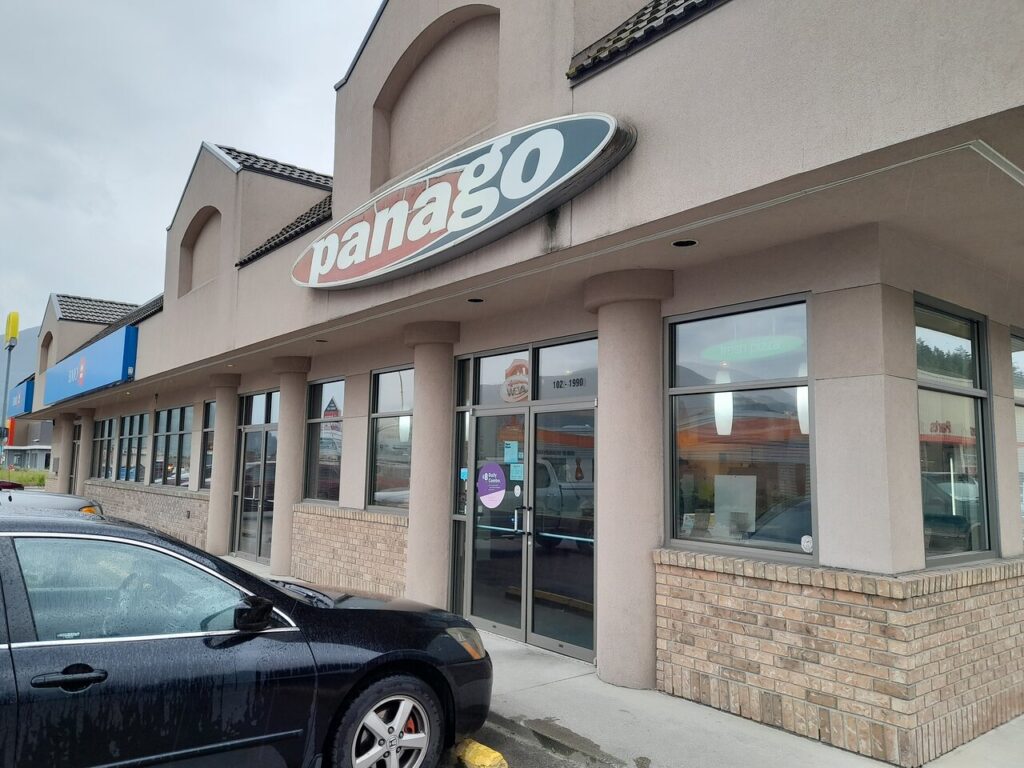
Panago positioned itself as a slightly more premium pizza alternative with higher-quality toppings, better dough, and a modern digital ordering experience. Its stores tend to be compact and efficient, and the brand invested early in an omni-channel approach (phone, web, and app ordering) to meet evolving consumer behaviour. That operational and tech focus helped Panago scale across different provinces and build a loyal base among customers who wanted a step up from basic delivery pizza.
Growth for Panago has been a balance of product differentiation and franchise support. The company emphasized consistent culinary standards and offered franchisees playbooks for local marketing, online promotions, and menu innovation. Panago’s higher perceived quality and effective digital ordering tools gave it a competitive edge in a crowded market, enabling a steady unit expansion that targets both urban and suburban consumers.

New York Fries built an empire on one simple product: high-quality fresh-cut fries and poutine. Starting with a focused kiosk model, the brand scaled by placing outlets in malls, transit hubs, and food courts where impulse purchases and convenience matter. Its menu simplicity meant low kitchen complexity and fast service, which translated into healthy unit economics and an easy expansion path for franchisees.
The brand’s growth was amplified by riding the poutine trend and innovating with specialty flavours and premium toppings, which helped broaden appeal beyond a late-night snack to a full meal option. New York Fries has also experimented with co-location and mall partnerships, allowing it to capitalize on existing foot traffic and seasonal peaks. That tight operational model and singular product focus remain central to its sustained presence.
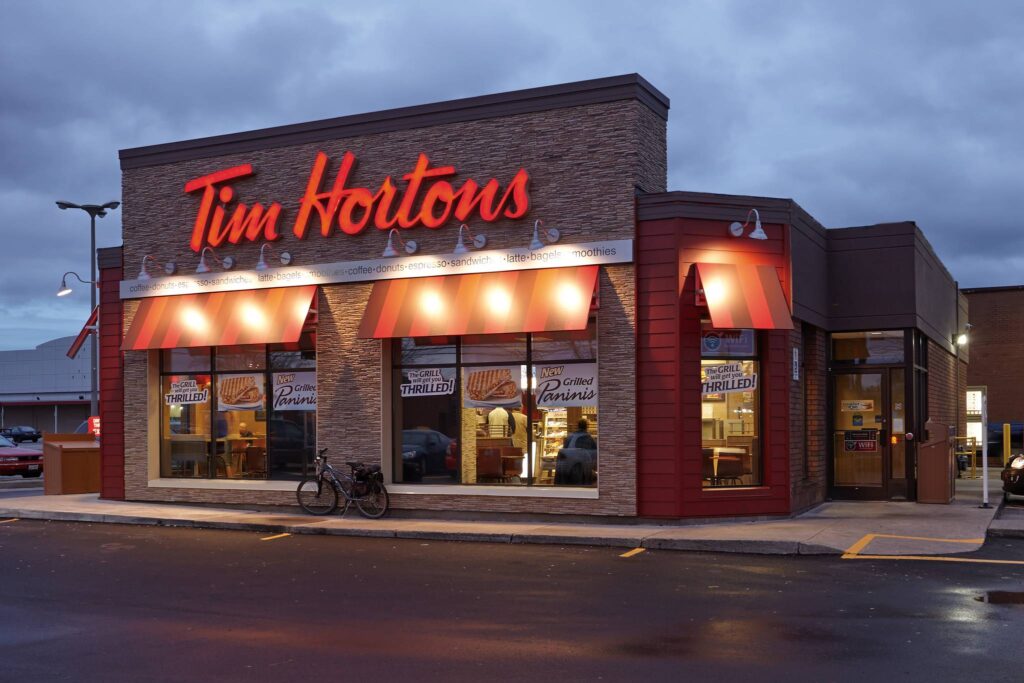
Tim Hortons began as an iconic Canadian-born coffee and donut chain and became culturally synonymous with Canada’s quick-service routines. Over many years it grew into a massive national network and a symbol of Canadian culture. While Tim Hortons’ ownership and corporate structure have changed over time and it’s no longer wholly Canadian-owned in the way smaller chains are, its historical role in shaping eating-on-the-go habits across Canada is undeniable.
Tim Hortons’ success shows the power of an everyday product category (coffee and breakfast) combined with massive network scale, localized franchise management, and strong community ties. Even today, Tim Hortons remains a reference point for how to build a national QSR brand from regional roots.
Canada’s fast-food industry combines a handful of very large, broad-appeal players (A&W, Pizza Pizza) with focused specialists (New York Fries, Edo Japan) and lifestyle concepts (Booster Juice, Hero). What unites the most successful chains is a repeatable, simple product offering; a franchise system that reduces risk for operators; sensible real-estate choices (mall kiosks, high-visibility street fronts, and drive-thrus); and an ability to adapt the menu or marketing to local tastes.
Whether a brand grew by leaning into delivery logistics, health trends, regional authenticity, or premium positioning, the winning formula in Canada has been operational repeatability and a clear value proposition.
A&W Canada tops the list with over 1,083 locations nationwide.
No, Tim Hortons was founded in Canada but is now part of an international corporation.
Mary Brown’s has rapidly expanded from its Newfoundland roots to 300+ locations across the country.
Yes, brands like Pita Pit, Booster Juice, and Mary Brown’s have expanded into multiple countries outside Canada.